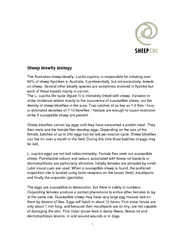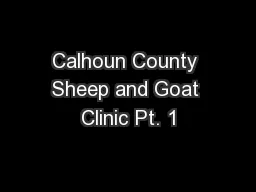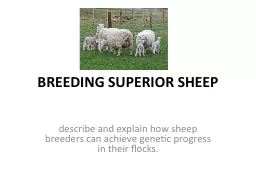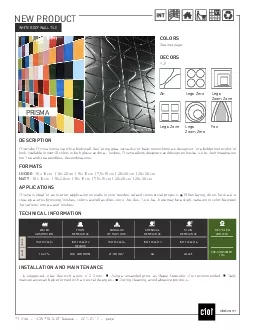PDF-Sheep blowfly biology The Australian sheep blowfly Luc
Author : jane-oiler | Published Date : 2015-05-06
It preferentially but not exclusively breeds on sheep Several other blowfly species are sometimes involved in flystrike but each of these breeds mainly in carrion
Presentation Embed Code
Download Presentation
Download Presentation The PPT/PDF document "Sheep blowfly biology The Australian she..." is the property of its rightful owner. Permission is granted to download and print the materials on this website for personal, non-commercial use only, and to display it on your personal computer provided you do not modify the materials and that you retain all copyright notices contained in the materials. By downloading content from our website, you accept the terms of this agreement.
Sheep blowfly biology The Australian sheep blowfly Luc: Transcript
Download Rules Of Document
"Sheep blowfly biology The Australian sheep blowfly Luc"The content belongs to its owner. You may download and print it for personal use, without modification, and keep all copyright notices. By downloading, you agree to these terms.
Related Documents














